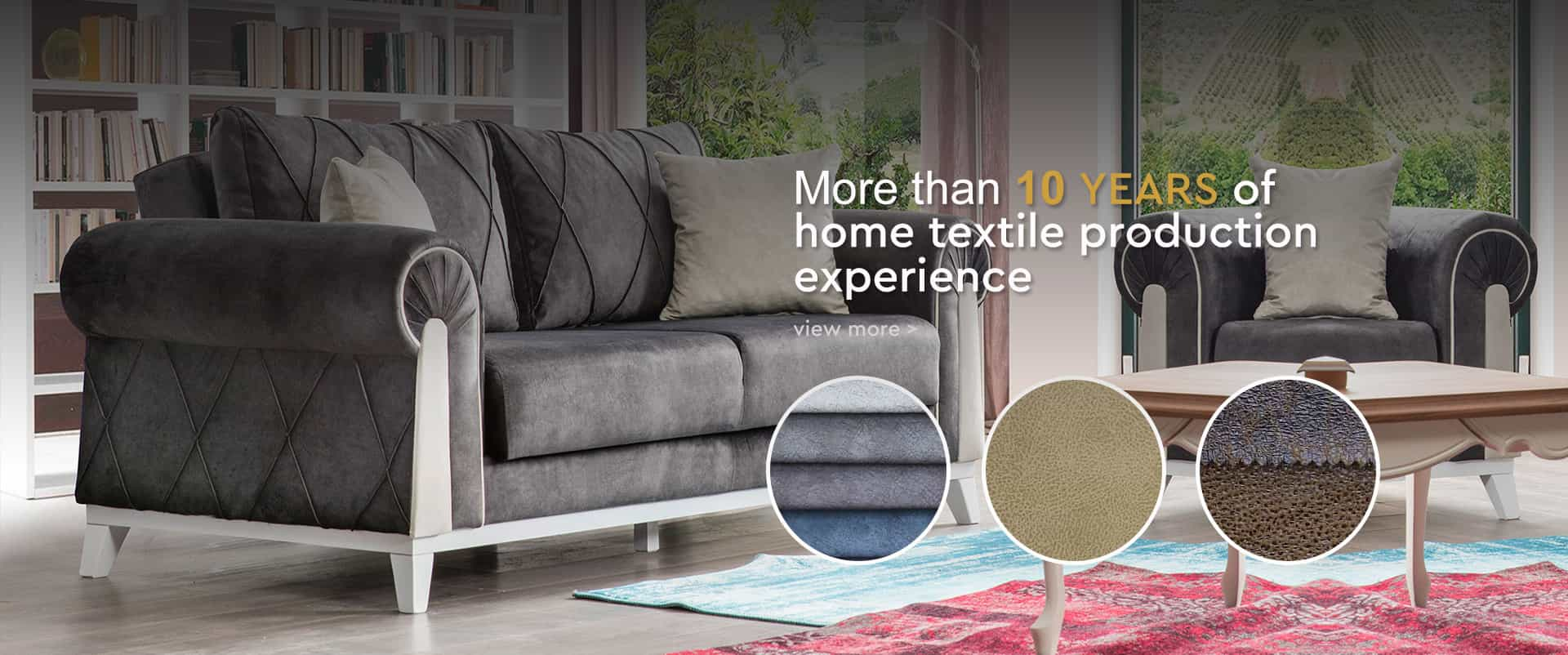

The color fastness of textiles is referred to as color […]
The color fastness of textiles is referred to as color fastness. There are many items of color fastness, mainly including soaping fastness, rubbing fastness, light fastness, perspiration fastness and weather fastness, etc. Among them, the soaping fastness is mainly caused by subjective reasons. Light fastness and perspiration fastness are mainly affected by objective factors, namely the nature of the dye. Rubbing fastness and weather fastness are not only related to subjective factors, but also affected by objective factors. The factors affecting the color fastness of textiles are divided into internal factors and external factors. Internal factors refer to the firmness of the combination of dyes and fibers, and external factors refer to the external force applied to the product or the environmental conditions provided by external factors during the use of the product. External factors cannot be controlled, so producers must strive to improve the color fastness of the product itself.
The windprint problem of color fastness. Windprint is caused by uneven color caused by local color change. It mainly occurs on cotton fabrics. It is particularly prominent after using reactive dyes containing vinylsulfone groups, and after dyeing the fabric Windmark will not appear immediately, and windmark problems will not appear until they are put into the warehouse or even after the garment is finished. In general, if the fabric is not cleaned after dyeing, there is more floating color, the cloth surface is alkali, and it is not dried in time or wet after dyeing. When stored in a semi-humid state for a long time, the parts exposed to the air are prone to wind printing, and this phenomenon is more obvious when the content of CO in the air is higher.
Factors affecting color fastness and improvement methods:
1. The choice of dyeing materials
2. The choice of dyes according to the characteristics of the fiber
3. The selection of dyes according to the color depth
4. The choice of dyes according to the color fastness grade of the dyes
5. The dyeing rate of dyes to the fiber
6 There should be good compatibility between the dyes.
7 Minimize the number of dyes needed. The choice and use of
8 additives
Zhejiang Nuyida Textile Co., Ltd. offer Sofa Covers Fabric Wholesale
